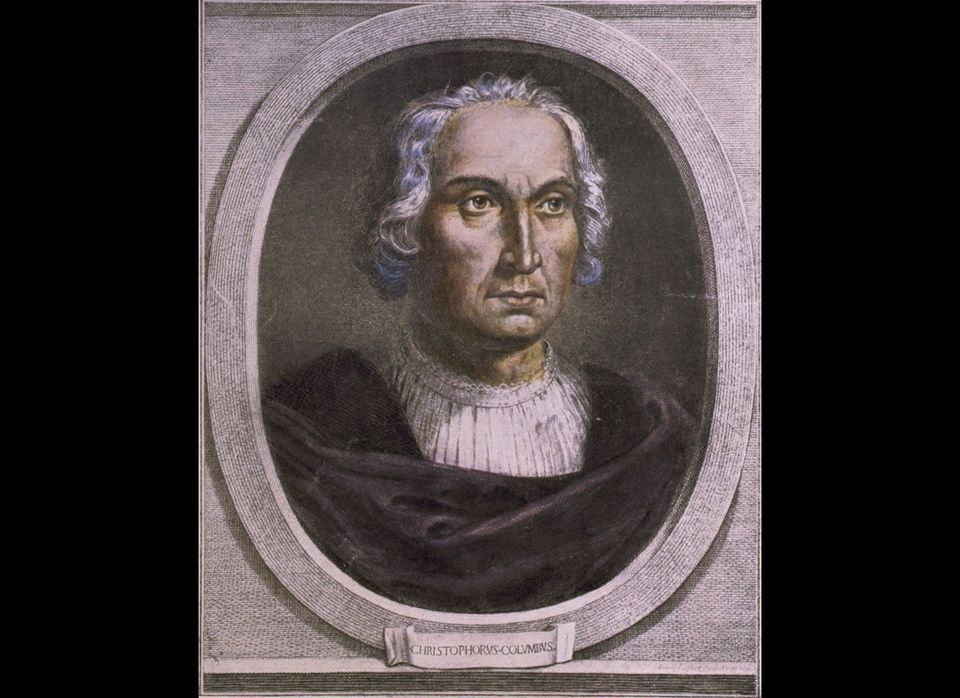
How well do we really know our historical icons--especially what became of them in the years after the events that established their fame?
We may know that Francis Scott Key wrote the Star-Spangled Banner. But do we also know that Key, a lawyer by trade, later prosecuted would-be assassin Richard Lawrence for his botched attempt to shoot President Andrew Jackson? Lawrence was found not guilty by reason of insanity. The same legal strategy would be successfully invoked 24 years later by U.S. Congressman Dan Sickles, who had murdered Francis Scott Key's son Philip for engaging in an affair with Sickles' wife.
We know about the tragedy at Donner Pass, where starving pioneers trapped in winter storms subsisted on the corpses of their less fortunate fellow travelers. But do we know that one of the survivors later opened a San Francisco restaurant, partly trading on his infamy as a cannibal?
These are the odd, sometimes shocking, stories that one finds when digging into the subsequent lives of people who figured in major historical events. We find that some of our heroes don't always live up to their reputations, while some of our nation's villains and scoundrels are partially redeemed by the lives they led after their notorious crimes.
Adapted from After the Fact: The Surprising Fates of American History's Heroes, Villains, and Supporting Characters by Owen J. Hurd (Perigee/Penguin)
